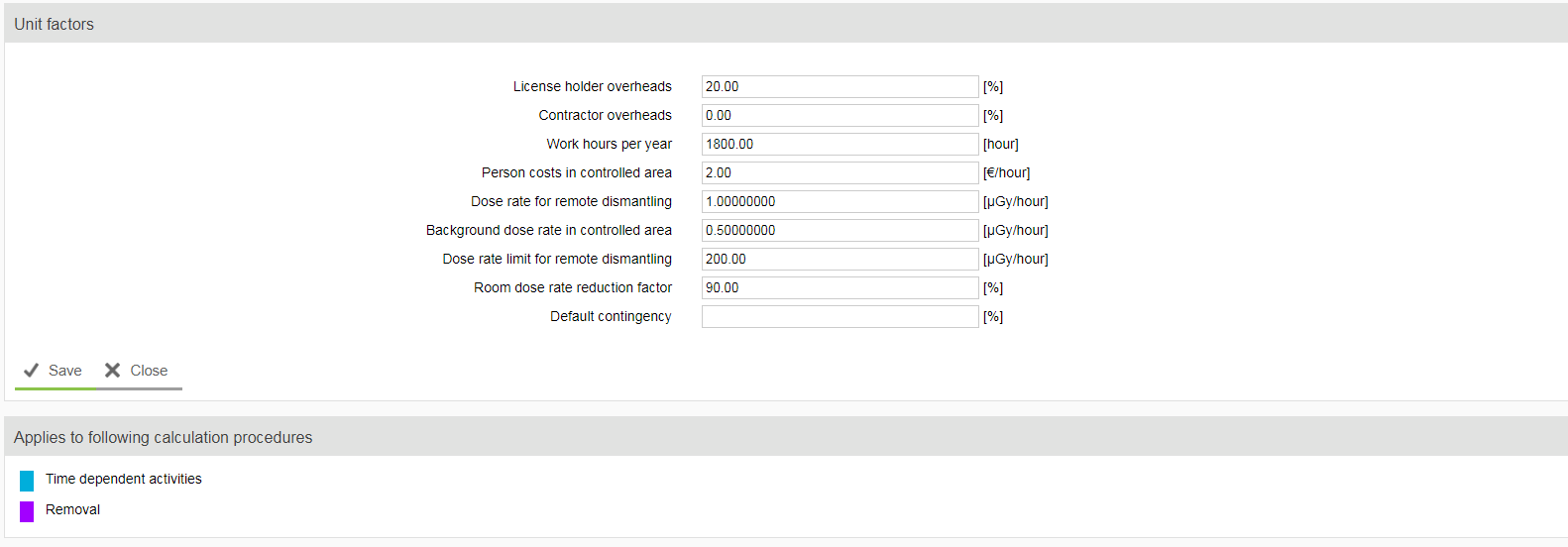 Based on IAEA TECDOC-1476, there are three types of cost estimates defined by their level of accuracy.
Based on IAEA TECDOC-1476, there are three types of cost estimates defined by their level of accuracy.
The less accurate estimate is an Order-Of-Magnitude Estimate type. Level of accuracy of this type of cost estimate varies from -30 % up to +50 %. To estimate costs at this level, no engineering data (e.g. the input database) is necessary. In most casese the estimate is based on an expert's judgement. This type of estimate does not need to have the project scope defined.

The second type of cost estimate is a Budgetary Estimate. This type is more accurate than the first one. The level of accuracy varies from -15 % up to +30 %. This estimate is based on a limited, not detailed, engineering data set (inventory database, flow sheets, layouts and equipment details).
The third and most accurate type of cost estimate is called Definitive Estimate. Level of accuracy varies from -5 % to +15 %. This estimate contains also a scope of a decommissioning project and is based on detailed inventory database. Size of an inventory database for such estimate may rise to more than 10.000 items and equipment. Developing detailed engineering data is a necessary step prior to estimating the costs.
